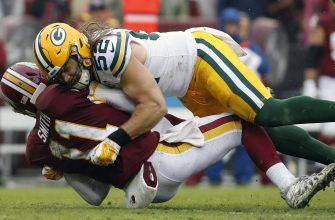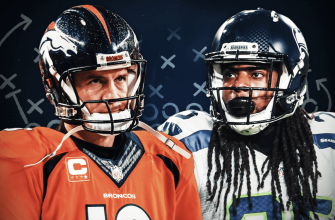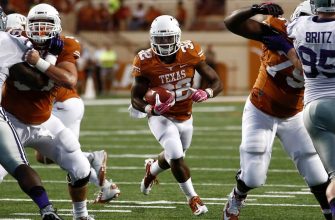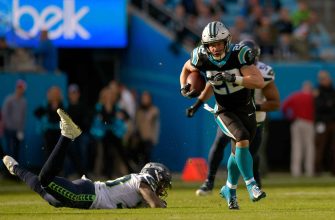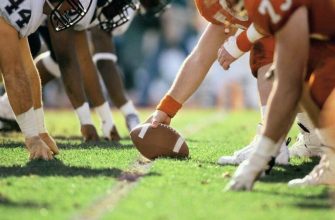Fantasy football has exploded in popularity over the last decade, becoming a multibillion dollar industry with over 20 million people participating each year. At its core, fantasy football allows participants to build their own virtual NFL teams by “drafting” real professional players to their rosters. Success in fantasy football relies on the real-life performance of the players you draft.
A key tradition in many fantasy leagues is the distribution of a mock “red newspaper” on draft day. This is generally a prop newspaper with a fake headline meant to trick fantasy players during the draft. For example, a red newspaper headline could falsely claim a star player has been injured or traded right before your fantasy draft. This forces participants to think on their toes and determines how well they can cope with breaking fantasy news. The strategy of using a red newspaper ensures draft day is exciting and tests players’ ability to make sound decisions under pressure.
History of Fantasy Football
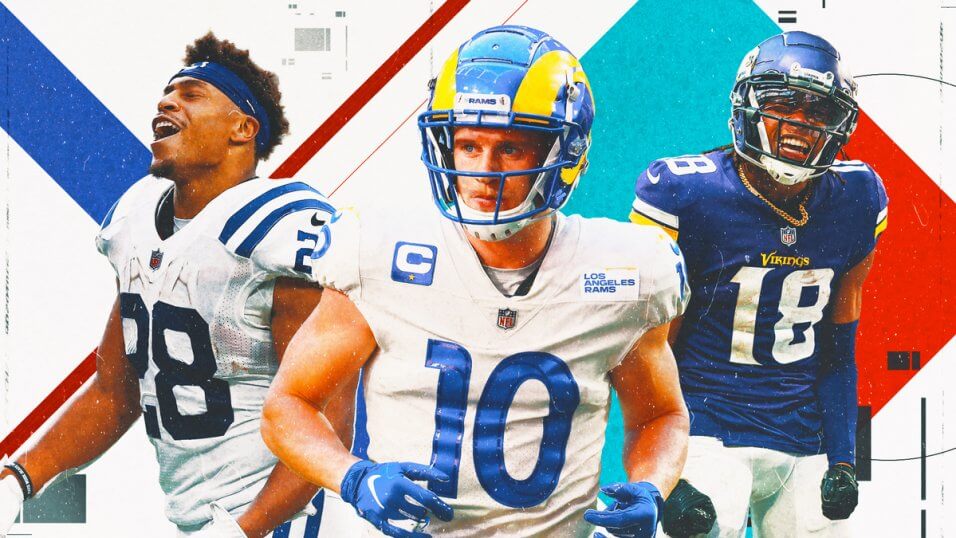
Fantasy football can be traced back to the early 1960s when it was created by Wilfred “Bill the Gill” Winkenbach. Winkenbach was part owner of the Oakland Raiders and he organized the first fantasy football league with 8 teams called the Greater Oakland Professional Pigskin Prognosticators League (GOPPPL). Back then, they had to manually calculate all the fantasy team points and stats.
The game started to grow in popularity through the 1980s and 1990s. It was helped by the rise of personal computers that could automate the statistical tracking and scoring. Fantasy football really exploded in popularity with the rise of the internet in the late 1990s. Internet access allowed friends to create leagues together online and made it simple to find opponents and manage leagues. The growth of fantasy sports also coincided with the increase in televised sports, statistical analysis, and sports radio programming.
Today, fantasy football is a multibillion dollar industry with over 40 million players in North America alone. The game has evolved from the manual pencil and paper method to being fully automated and managed by platforms like ESPN, Yahoo, CBS, and many others. Leagues can be run with friends or strangers and range from casual play to high stakes contests. Fantasy football has become deeply embedded in sports culture.
How Fantasy Football Works
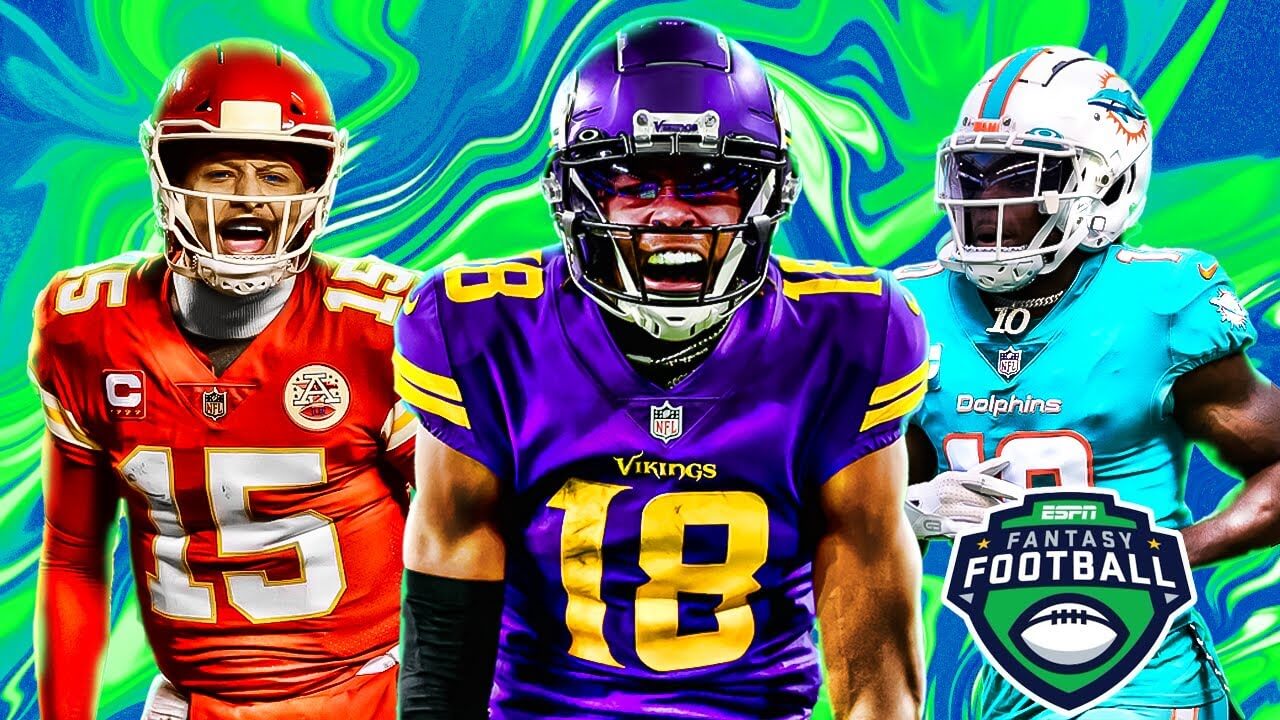
Fantasy football allows fans to become “owners” and “managers” of their own imaginary professional football team. Participants form leagues typically made up of 8-14 fantasy owners who compete against each other throughout the NFL season.
Before the NFL season begins, fantasy leagues hold a draft where team owners take turns selecting real NFL players for their fantasy roster. The draft order is usually determined randomly and owners try to assemble the best possible team by selecting players they think will perform well that season.
Fantasy football leagues use a points system to determine which teams win each week. Owners earn points based on the real-life performance of the players on their roster. Points are awarded for offensive statistics like passing yards, rushing yards, receptions, and touchdowns. Defensive players earn points for turnovers, sacks, and defensive scores. Kickers earn points for field goals and extra points. After each NFL week ends, the fantasy scores are calculated and the team with the most points wins that matchup.
There are many customizable aspects to fantasy leagues, including roster size, scoring system, draft format, and playoff structure. Commissioners set the league rules before the season begins. Leagues can be set up for free on sites like ESPN and Yahoo or through paid platforms that offer more customization features.
The goal each week is to set the best lineup to maximize points scored. This involves choosing the right mix of players based on matchups, injuries, and expected workloads. Waiver wires allow owners to add and drop players during the season. Trades between teams are also common as owners try to bolster their rosters.
In the end, the fantasy owner with the best cumulative record or most playoff wins is crowned the league champion. Fantasy football rewards owners who draft wisely, manage their lineups well, and have a bit of luck along the way. It’s an addicting, highly social, and engaging way for NFL fans to compete against each other all season long.
Role of the Commissioner
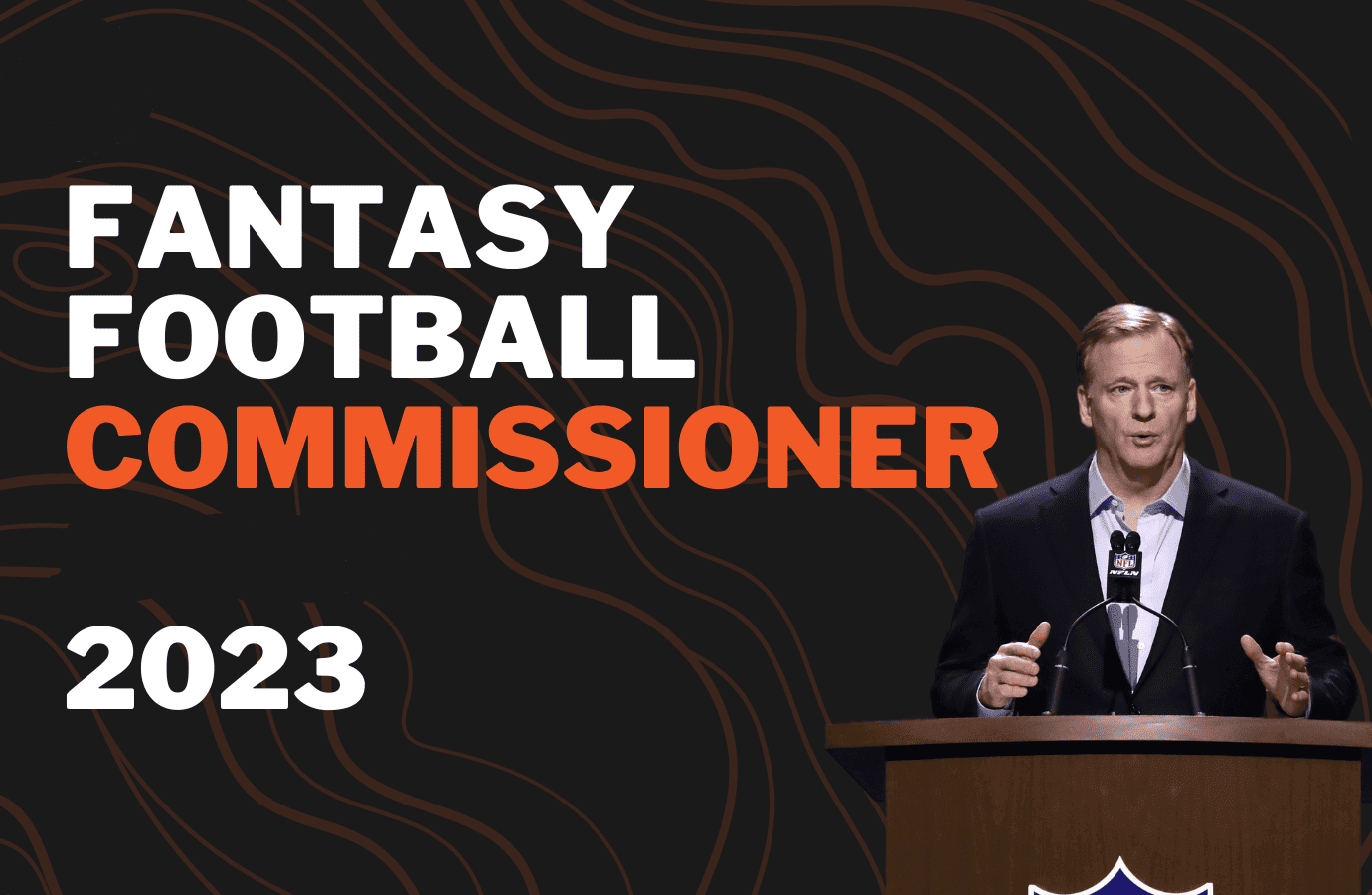
The fantasy football commissioner is the head honcho of the league, tasked with managing all league activities and serving as the final authority on any disputes.
Some key powers and responsibilities of a fantasy football commissioner include:
- Setting up the league – The commissioner is responsible for choosing the league settings like number of teams, scoring system, roster sizes, etc. They also set up the league on the hosting platform.
- Draft organization – The commissioner oversees the entire fantasy draft, including scheduling the draft date/time, setting the draft order, and facilitating the actual draft.
- Handling roster and trade vetoes – Commissioners have veto power over unfair or collusive trades. They can also set roster limits and lock eliminated teams from making waiver moves.
- Enforcing league rules – Commissioners interpret and uphold the league constitution. This includes investigating any rules violations and doling out punishments if needed.
- Managing league fees/payouts – The commissioner collects league dues, keeps tabs on the prize money, and distributes the payouts at season’s end.
- Adjudicating disputes – The commissioner has the final say in resolving any disputes that arise during the season. Their judgment call on gray area issues is binding.
- Team owner replacement – If an owner unexpectedly leaves the league, the commissioner finds a new owner to take over the abandoned team.
- Providing league updates – Commissioners keep the league updated on news and reminders via email, text, or social media.
Good commissioners promote the league’s best interests and keep everything running smoothly from start to finish. They wield great power, but also carry major responsibility.
Fantasy Football Rankings
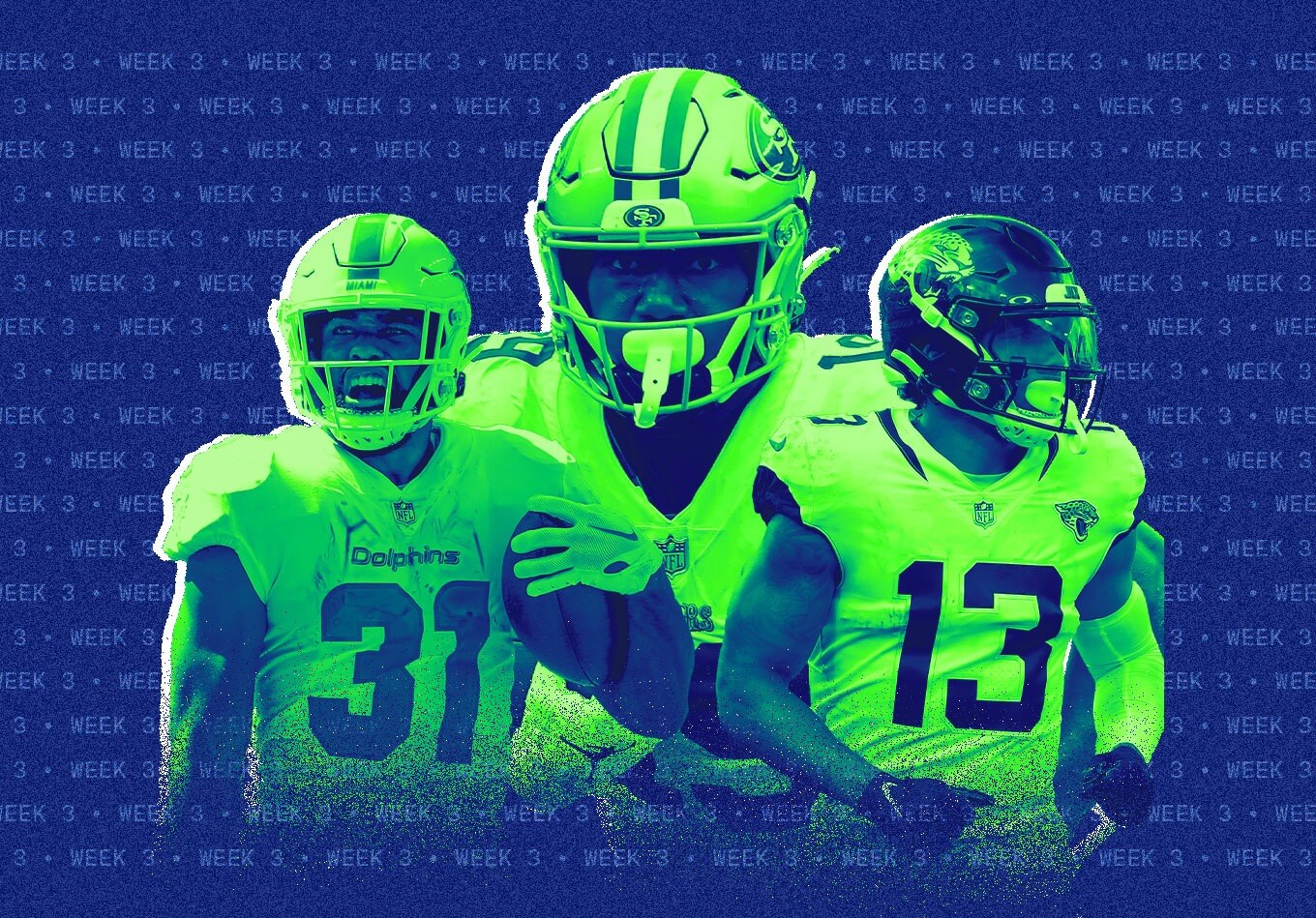
Player rankings are a critical part of fantasy football strategy. Rankings influence everything from draft position to weekly start/sit decisions and waiver wire pickups. Essentially, rankings aim to predict player performance and value for the upcoming season.
There are many sources for fantasy football rankings, from expert analysts on major sports sites to fantasy platforms like ESPN and Yahoo. Some provide overall rankings, covering every player, while others target positional rankings focused on specific roles. Rankings may differ significantly from source to source based on the methodology used.
When reviewing rankings, it’s important to understand how they were compiled. Some rely heavily on past statistics and trends. Others incorporate variables like supporting cast, schedules, injury risk, etc. Expert rankings often combine statistical models with subjective assessments of players and teams.
Savvy fantasy managers use rankings as a baseline rather than a definitive answer. Rankings from multiple sources can be aggregated to identify consensus picks and areas of disagreement. However, it’s critical to do your own research and make personal judgments, especially on players you target.
The preseason is all about value-based drafting, identifying players that will outperform their rankings. Once the season starts, rankings become more about predicting weekly production to set lineups. Top ranked players are expected to score the most points at their position that week.
The Red Newspaper
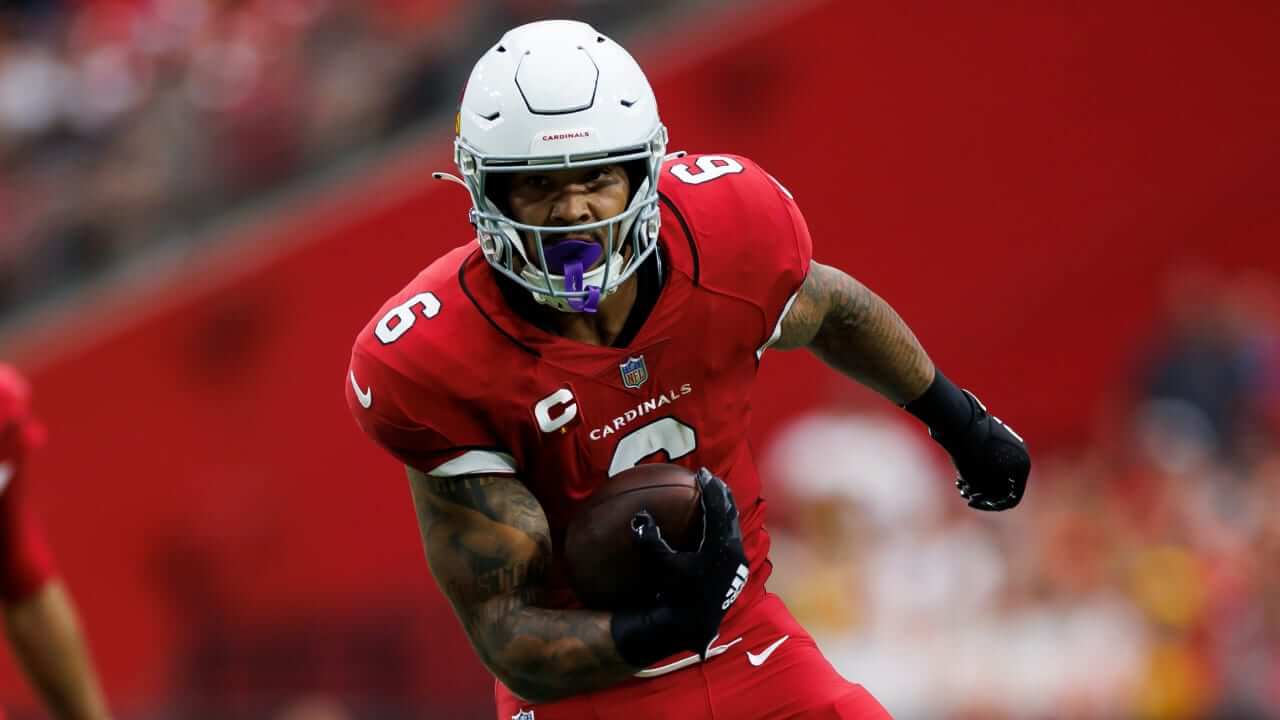
Every week on Tuesdays in fantasy football, you may spot something different on the roster page of your team – the dreaded red newspaper icon next to one of your players’ names. This small icon signifies that the player has been placed on the injured reserve list by their NFL team. When you see the red newspaper, it means that player is now considered “out” and not eligible to score any fantasy points or be placed in starting lineups.
The red newspaper is hugely significant in fantasy football, as it likely means you’ve lost one of your key players for an extended period. Depending on the severity of the injury, it may just be a week or two, but often these injuries cause players to miss 4-8 weeks or even the remainder of the season. This can completely change the complexion of your fantasy team and require some quick thinking to replace that player’s production.
When the red newspaper icon appears, the first thing to do is understand the details of the injury and expected timeline for return. Check news sources to see if it is a minor injury or something more serious. Then you’ll need to decide whether to place the injured player on your IR spot if you have one, or drop them to waive wire so you can add a replacement player.
Having a solid bench with upside players is key to overcoming injuries symbolized by the dreaded red newspaper. The waiver wire can also provide potential breakout candidates. You may need to make a trade to fill the hole on your roster. Ultimately, staying active and being prepared with backup options helps fantasy owners endure the challenging red newspaper periods.
While everyone hates to see the red newspaper, it’s an inevitable part of competing in fantasy football. Making strategic roster decisions and staying on top of news can help you maneuver through injuries to your key players. Overcoming the red newspaper and continuing success demonstrates skill as a fantasy football manager.
Impact on Draft Strategy
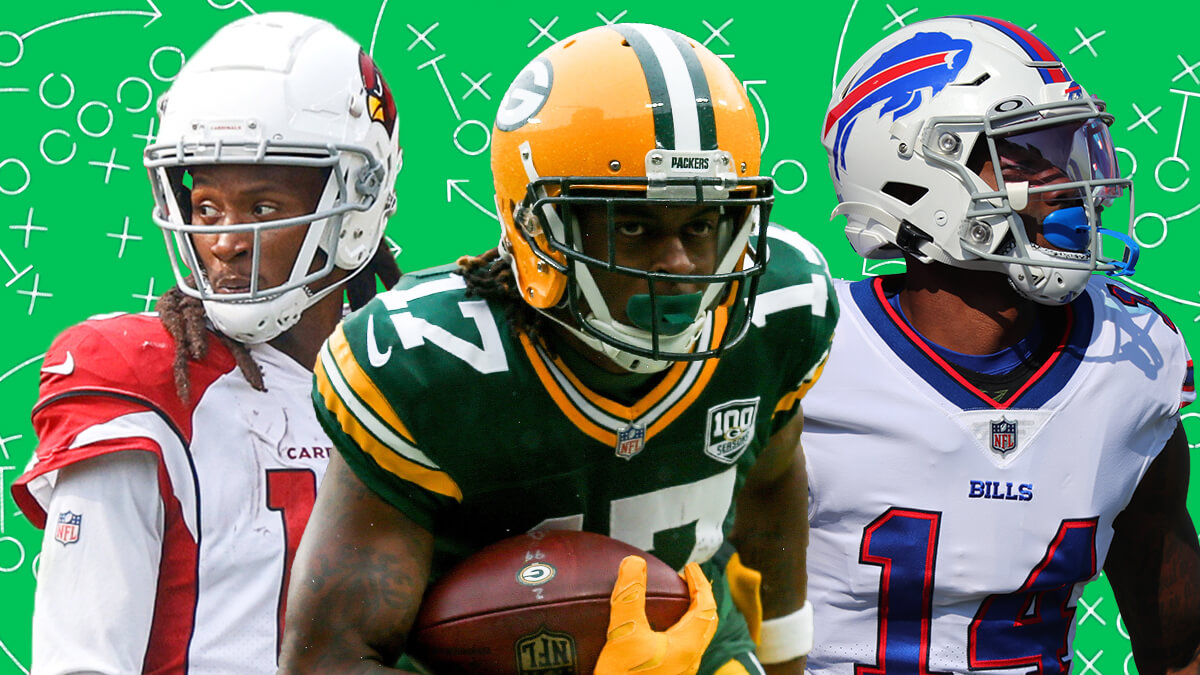
Seeing a player’s name in the red newspaper during your fantasy football draft means you’ll need to adjust your strategy. While injured players can still hold value in later rounds, you’ll want to avoid drafting them too early.
The red newspaper signifies a recent injury that could limit a player’s productivity in upcoming games. If it’s a star player, their fantasy stock drops since they may miss games or play at less than 100%.
As a general rule, don’t reach to draft injured players near their original projections. Evaluate their injury timeline and expected recovery. If they’re projected to miss more than 2-4 weeks, consider dropping them at least a full round in draft position.
For less severe injuries, monitor training camp reports. If the player is practicing fully, the injury may not affect them much. But if they are limited, look to other options first within that tier.
The red newspaper also means you could find draft day bargains. Capitalize on other owners overreacting and let injured players fall to you at a discount. Target players with minor injuries projected to return soon.
Just make sure not to end up with too many injured players. Fill starting roles first with healthier options. Focus on upside plays with the red newspaper later in your draft.
Coping with Injuries
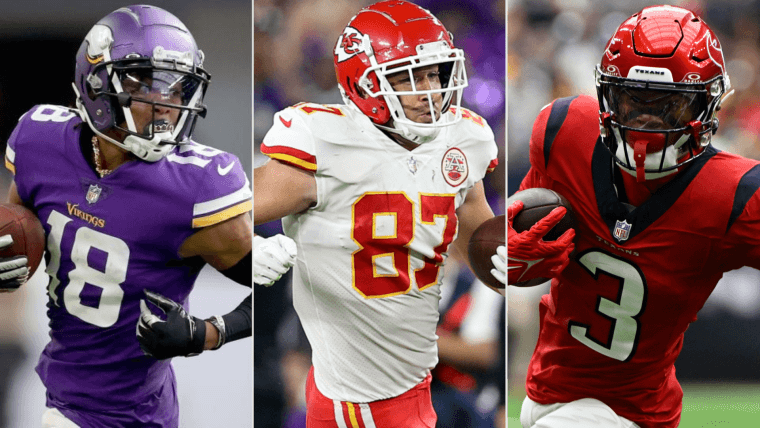
Injuries are an unfortunate but inevitable part of fantasy football. When one of your top players gets injured, it can completely change your strategy and outlook for the season. This is especially true when it comes to the red newspaper designation.
When a player appears in the red newspaper, it means they are officially listed as out or doubtful for that week’s game. Depending on the severity of the injury, they may remain in the red newspaper for multiple weeks. As a fantasy owner, this presents some tough decisions.
Do you immediately drop the injured player and pick up someone new? Do you wait it out and hope they return soon? The right approach depends on factors like positional depth, upcoming matchups, your record, and the open options on waivers. You need to weigh the short-term and long-term impact.
For example, say your RB1 tears his ACL and will clearly miss the rest of the season. In this case, you should drop him and use the open roster spot to upgrade at RB. Check the waiver wire for replacement options or possibly orchestrate a trade.
On the other hand, your star WR may have a minor hamstring injury that only keeps him out 1-2 weeks. Here it makes more sense to wait it out if you have decent WR depth, since he should return and produce at a high level again soon. Don’t overreact and drop a premium player only expected to miss a couple games.
The red newspaper forces difficult lineup decisions and roster management each week. Pay close attention to expert analysis on timetables for injured players. Make calculated decisions on whether to bench them that week, give them multiple weeks to heal, or replace them altogether if it’s a season-ending injury. With the right strategy, you can overcome injuries and continue succeeding in fantasy football.
Expert Tips and Advice
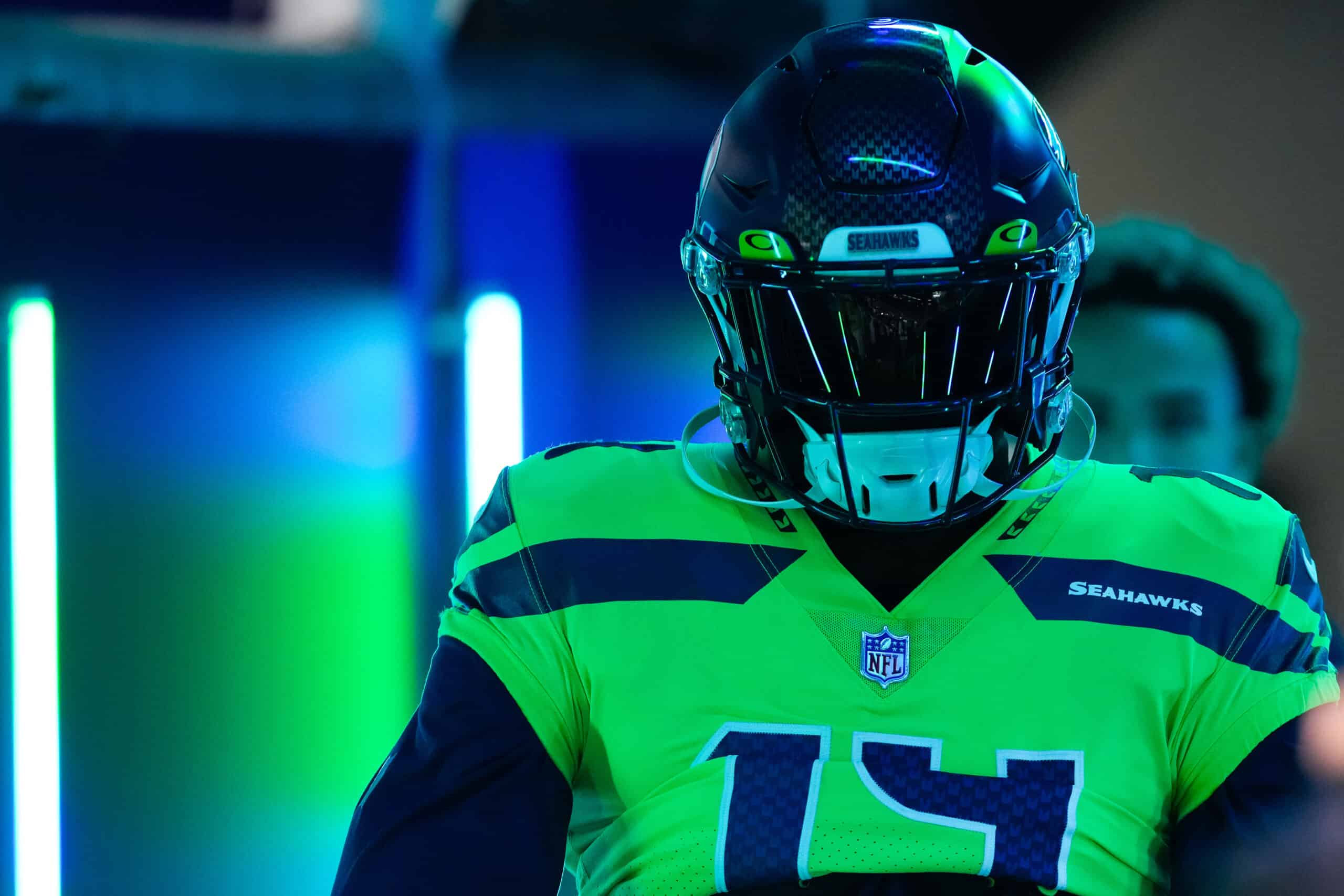
The Red Newspaper brings a lot of uncertainty to fantasy football drafts and requires managers to adjust their strategies.
Here are some tips from fantasy experts on how to approach your draft and team management with the Red Newspaper in play:
- Don’t reach too high for handcuff RBs. The Red Newspaper means your RB1 could suddenly become an RB3, so handcuffs lose some value. Spread your bets across more lottery ticket RBs instead.
- Mock draft both with and without custom Red Newspaper settings. Get a feel for how other drafters may reach for or avoid red-flagged players.
- Be cautious about red-flagged players, but don’t avoid them entirely. The Newspaper doesn’t guarantee injury, so you could get great value.
- Prepare multiple draft strategies and be ready to pivot based on when red-flagged players come off the board. Be flexible.
- Aggressively pursue trades to acquire red-flagged star players at discounts from nervous managers. Buy low.
- Manage your expectations and don’t overreact to red flags on draft day
- Stay active on the waiver wire as backfield situations develop. The RB3 today could quickly become the RB1.
- Make sure your bench has sufficient depth at RB and WR in case the Red Newspaper does strike your key players.
- Monitor expert updates closely for changing opinions and projections as more news comes out. Information is key.
The Red Newspaper brings uncertainty, but with smart drafting, savvy trades, and active management, you can mitigate the risks while capitalizing on the opportunities. The winning fantasy owner will be the most adaptable to this unique challenge.
Conclusion
The infamous red newspaper that shows up on draft day signifies an injury status that can shake up fantasy football draft strategy. While dreaded, the red flag offers critical information. Wise fantasy owners stay flexible, ready to adjust their draft boards. They carefully research the severity of injuries, the impact on player performance, and timeline for recovery.
Though devastating for individual players, injuries create opportunities to exploit draft value. Savvy owners may stash high upside players like rookie sensations while waiting for veterans to heal. Yet some injuries can derail entire seasons, erasing a player’s fantasy value. The red newspaper breeds high risk, high reward. This wildcard adds drama and excitement to fantasy drafts, keeping owners on their toes.


